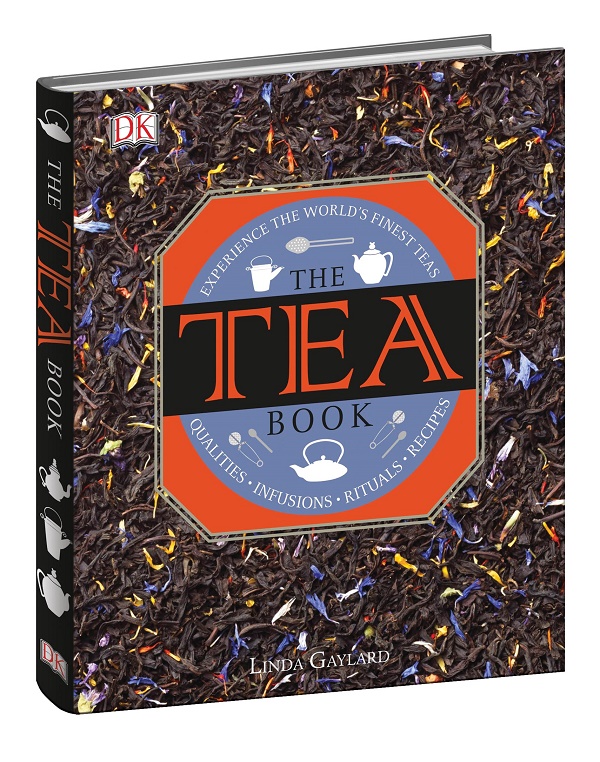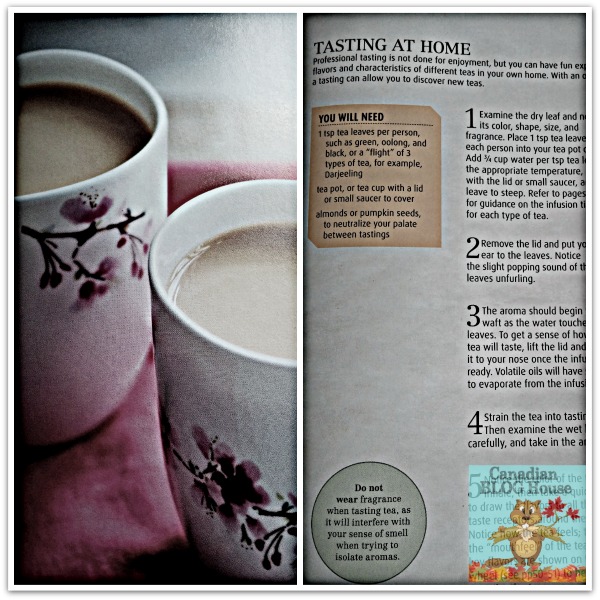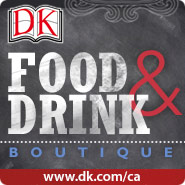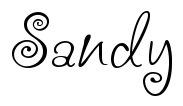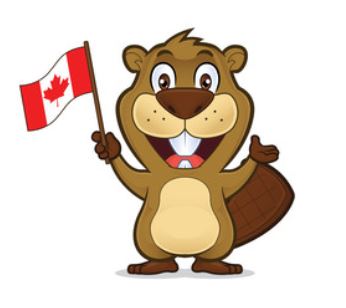Since you, my readers, are so wise, you probably already knew that there is such a thing as a “Tea Sommelier”. Me, I had no idea this title existed. While I’ve got many friends, including my friend Annie from England, who are extremely knowledgeable about tea, I did not know that one could actually become a “certified tea sommelier”. That was until I found out about Linda Gaylard.
Canadian Linda Gaylard knows her tea. She is a graduate of the Tea Sommelier program at George Brown College in Toronto, and is certified by The Tea Association of Canada. Linda is best known for her website, The Tea Stylist, “an ever-evolving weblog that provides readers – whether tea novices or enthusiasts – with knowledge of tea and its culture. You’ll also find engaging articles, reviews and photographs that illustrate tea’s influence on our world and highlight style’s intersection with tea, past and present.”
This July, Linda is launching her new book “The Tea Book”, published by our friends at DK Publishing. Featuring over 100 delicious tea recipes from around the world, The Tea Book takes readers through nearly 500 years of tea’s history. Pulling from her extensive knowledge of tea, Linda explores topics such as the spectrum of herbal, plant and fruit infusions, how to store tea, and how harvesting and blending impact the flavour and quality of tea.
While I admit, I’m more of a fan of coffee than tea (I do enjoy the odd cup of tea in the afternoon – like I’m enjoying now), I found The Tea Book to be a fascinating read. I can envision all tea lovers, from the novice like me, to the serious tea connoisseur, pouring a hot cup of their favourite tea, curling up on the couch, and devouring this book from cover to cover.
Not only did I get a chance to review this great book, I was lucky enough to be offered the chance to interview Linda all about tea. Since my friend Annie is a life-long tea lover, I invited Annie to ask one of the questions.
Here’s what Linda had to tell us about tea:
AN INTERVIEW WITH TEA SOMMELIER LINDA GAYLARD
How do you decide which flavours or types of tea to blend? (Question asked by my friend Annie)
The most successful blends come from experimentation in small batches, while keeping track of the formula. Blending tea is similar to blending spices and flavours when cooking. Flavours that either harmonize with or complement each other are best. Since each tea has its own flavour profile – some are delicate (white tea), while others are more robust (most black teas) – if adding non-tea additions, it is best to try not to overpower the tea’s natural qualities.
What foods pair best with a cup of tea?
This really depends on the type of tea. I always advise people to taste the tea first without food so as to be able to identify tea’s flavours more easily. Once teas have been tasted it is then fun to find food flavours that mingle compatibly with the tea. I like to have small pieces and bites of foods to taste, rather than whole dishes of food.
There are so many differences in tea flavours that it is difficult to offer tea/food pairing generalisations, but here are a few suggestions:
Green tea: light fruits such as honeydew melon, young cheese i.e. fresh goat cheese
Rock Oolong tea: Dark chocolate, aged Gouda cheese, dried dark cherries
Black tea: Triple créme Brie cheese, lemon tart, bread and butter
Describe what a great cup of tea is to you.
A satisfying cup of tea is one that has been made with care and focus using good quality tea leaves. It tastes even better if it is made for you while you take a break to pause and enjoy it!
What is the best way to prepare a delicious cup of tea?
Not all teas are prepared in the same way. If you are making black tea, which is the most popular type of tea, start with good filtered water that has no heavy mineralization or chlorine odour. Even better – use still spring water. To make clean up easier, use a mesh infuser either in your cup or in your teapot. Measure approx. 1 tsp of leaves for each cup of made tea. Boil the water and pour over the leaves from a height of about 6 inches. Experiment with the timing, depending on your palate.
1½ – 4 minutes is a typical steeping range for black tea. Remove leaves from the infusion so that the tea doesn’t become bitter.
Who makes the world’s best teas? What sets them apart from other tea makers?
The Chinese have been growing and producing tea for over 4000 years, so tea culture plays an important role in Chinese life. Historically tea was given to the Emperor as a tribute, and in modern China, gifts of tea to friends, family and business associates are gratefully appreciated. Competitions for tea and its preparation can be found everywhere in China. There are thousands of styles of tea in China many of which are unique to certain towns and villages. Those who have the opportunity to taste these artisan teas are in for a rare treat!
For a first time tea taster, what tea would you recommend they try, and why?
If trying a loose leaf premium tea for the first time, I would recommend a Chinese black tea (referred to in China as “red tea” because of the colour of the liquid). Keemun, sometimes spelled Qimen, is considered the “burgundy” of black teas. It is prepared with boiling water and can be steeped for 3-4 minutes. It has a comforting familiar flavour quality with a deep maltiness and hints of burnt sugar. I like to refer to it as a “gateway” tea for those transitioning from commercial teabags to loose leaf tea.
Who really does tea better, Canada or England?
Both countries have made some progress in the past 10 years and both countries have challenges ahead to create a modern tea culture.
Tea arrived in England around 1660 and gradually became an elite ritual among the aristocracy. Over the centuries it evolved as a mass beverage with not much attention to quality. Eventually the English adopted the teabag and mug method of making tea and things deteriorated from there. There has been a renaissance of tea culture in England with boutique tea vendors selling high-grade loose leaf teas and innovative afternoon teas in hotels, but they still have more to learn about modern tea culture. Like most places in the Commonwealth, Canada has been attached to the “English” way of tea drinking. This is changing as we are becoming known throughout North America for being on the leading edge of tea education. New tearooms are opening and tea sommeliers are advising businesses and the public on the fine points of tea appreciation.
A big thank you to Linda for taking the time to answer all my questions about tea, and for helping me learn so much more about one of Canada’s favourite beverages!
Right now, over at the DK Canada website, they are showcasing the Food & Drink Boutique, where you can find Linda Gaylard’s “The Tea Book”, and 15 other fabulous DK Books to delight foodies everywhere! Go check out the selection!
Be sure to visit the DK Canada Facebook page and give them a like to keep up on all the latest news, contests, and new releases!
Our friends at DK Canada want you to be able to learn a bit more about tea by offering up a copy of Linda’s new book, The Tea Book, to one lucky Canadian Blog House reader.
Here’s how you can enter for your chance to WIN:
Disclosure: I was provided with a copy of The Tea Book in exchange for this review. All opinions are my own. A special thanks to Linda Gaylard for allowing me to interview her!
